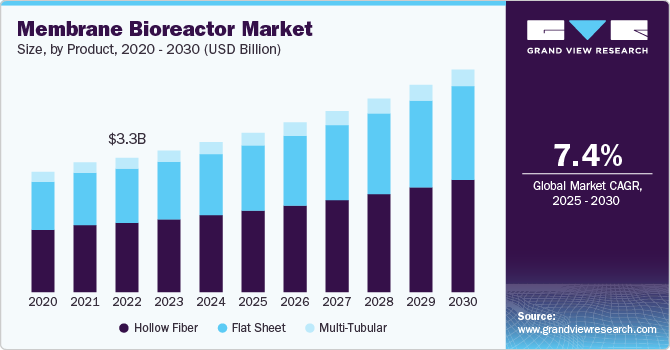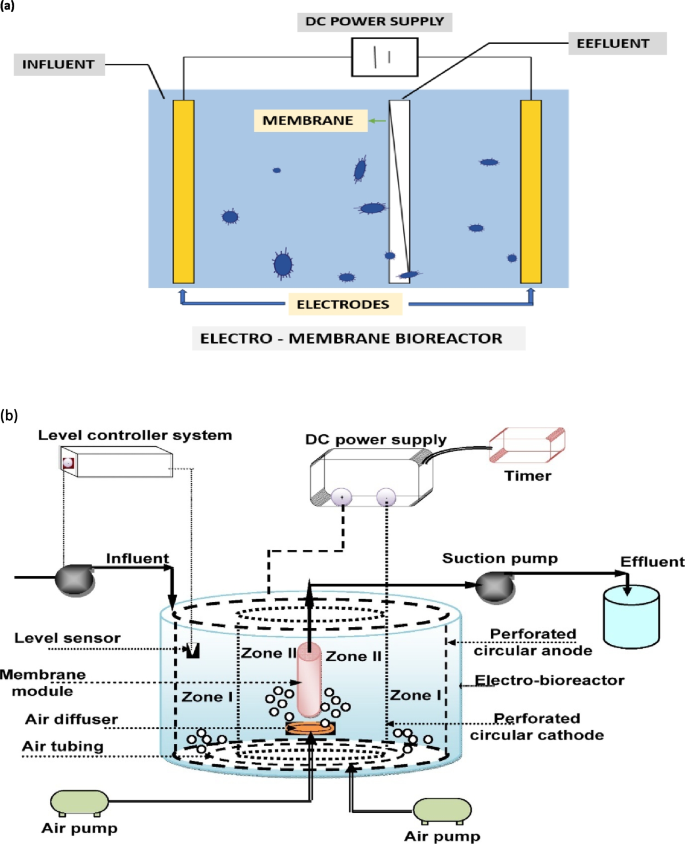Membrane Bioreactors Clarified: Efficient Solutions for Clean Water
Membrane layer bioreactors (MBRs) have actually become a sophisticated service for dealing with journalism difficulties of wastewater treatment. By incorporating organic processes with advanced membrane filtering, MBRs not just enhance the quality of cured water however additionally reduce the spatial requirements of treatment facilities. As ecological issues escalate, the duty of MBR technology in promoting sustainable water monitoring comes to be increasingly considerable. The intricacies of their procedure, advantages, and potential applications merit a closer evaluation to totally comprehend their effect on the future of water treatment.

What Are Membrane Layer Bioreactors?
Membrane layer bioreactors (MBRs) are innovative wastewater treatment systems that integrate organic destruction procedures with membrane filtering innovation. This integration enables for the efficient removal of contaminants from water, making MBRs a recommended option in various applications, consisting of community wastewater therapy and commercial effluent management.

Among the crucial benefits of MBRs is their ability to generate top quality effluent, often appropriate for reuse in watering or industrial procedures. Additionally, MBRs need a smaller sized footprint contrasted to conventional treatment systems, making them excellent for urban setups where space might be restricted.
Furthermore, MBRs can successfully handle differing influent lots and are less prone to the results of harmful shocks. These attributes add to their growing popularity as a lasting option for addressing the enhancing need for tidy water while minimizing environmental influences.
Exactly How Membrane Bioreactors Work
While the operation of membrane layer bioreactors (MBRs) might appear complex, it essentially focuses on the harmony in between organic processes and membrane filtration. MBRs integrate a biological treatment procedure, commonly activated sludge, with a membrane separation unit to treat wastewater effectively.
In an MBR system, wastewater is very first presented right into a bioreactor where bacteria weaken raw material and various other impurities. The organic task lowers the focus of toxins while advertising the growth of biomass. Following this organic therapy, the blended liquor goes through membrane filtration, which can be microfiltration or ultrafiltration, depending on the desired effluent quality.
The membranes work as a physical barrier, permitting water and small solutes to pass while maintaining put on hold solids and larger molecules. This allows the system to keep a high focus of biomass within the activator, improving the treatment efficiency.
Furthermore, the continuous splitting up of cured water from the biomass assists in a small design and minimizes the impact of the therapy facility. Overall, the mix of organic deterioration and membrane purification in MBRs leads to dependable and effective wastewater treatment, guaranteeing top quality effluent suitable for numerous applications.
Advantages of MBR Modern Technology
Among the key benefits of membrane bioreactor (MBR) modern my review here technology is its capability to produce high-grade effluent with a dramatically minimized footprint contrasted to conventional wastewater therapy methods. MBR systems properly integrate organic treatment and membrane layer filtration, causing exceptional elimination of contaminants, consisting of suspended solids, microorganisms, and raw material. This capacity results in effluent that usually satisfies or goes beyond strict regulative criteria for reuse and discharge.
Furthermore, MBR modern technology permits higher biomass focus, which boosts the therapy efficiency and minimizes the required reactor quantity. This portable design is especially valuable in metropolitan Read More Here locations where room is limited. The operational versatility of MBR systems additionally means they can adapt to differing influent top qualities and flow rates, making them appropriate for a vast range of applications.
Furthermore, the minimized sludge manufacturing linked with MBR processes adds to reduce operational and maintenance expenses. The membrane layers act as a physical obstacle, minimizing the risk of clogging and allowing longer operational periods between cleaning. Generally, the benefits of MBR modern technology make it an eye-catching remedy for lasting wastewater therapy, addressing both ecological concerns and the need for efficient resource management.
Applications of Membrane Bioreactors
With their versatility and efficiency, membrane layer bioreactors (MBRs) locate applications throughout numerous markets, consisting of local wastewater therapy, industrial procedures, and also water improvement. In community settings, MBRs offer a compact their explanation solution for dealing with wastewater, properly getting rid of pollutants while concurrently creating premium effluent that satisfies strict regulatory criteria. This makes them specifically appropriate for areas with minimal room.
In industrial applications, MBR technology is utilized for dealing with process water, particularly in sectors such as food and beverage, pharmaceuticals, and petrochemicals. These sectors gain from MBRs' capability to handle high natural tons and their effectiveness in recouping useful resources from wastewater, such as nutrients and water.
In addition, MBRs play a vital function in water recovery efforts, enabling the reuse of dealt with wastewater for irrigation, commercial processes, or perhaps as potable water after more treatment (Membrane Bioreactor). Their performance in eliminating toxins and microorganisms makes them a reputable choice for making sure water quality in different reuse applications
Future of Water Therapy Solutions
The future of water treatment remedies is poised for transformative improvements driven by technological advancement and raising environmental recognition. As global water shortage comes to be a pressing issue, brand-new techniques, including membrane layer bioreactor (MBR) systems, are set to play an essential duty in enhancing the effectiveness and sustainability of water therapy processes.
Emerging innovations such as fabricated intelligence and artificial intelligence are anticipated to optimize treatment operations, enabling real-time surveillance and anticipating maintenance. This will improve the general dependability and performance of water therapy centers. Advancements in membrane materials, such as graphene and nanofiltration, promise to increase permeation rates and reduce fouling, leading to lower power intake and functional prices.
Furthermore, the combination of sustainable energy resources right into water treatment plants will add to greener methods. The circular economy version will certainly also gain grip, motivating the recovery of valuable sources from wastewater, such as nutrients and energy.
Verdict

Membrane layer bioreactors (MBRs) have arised as an innovative option for attending to the pressing obstacles of wastewater therapy. By integrating biological procedures with advanced membrane layer purification, MBRs not just improve the top quality of treated water yet additionally reduce the spatial demands of treatment centers.One of the essential advantages of membrane bioreactor (MBR) innovation is its capability to generate high-grade effluent with a considerably decreased impact compared to traditional wastewater treatment methods.With their convenience and efficiency, membrane bioreactors (MBRs) locate applications across various fields, including municipal wastewater treatment, industrial procedures, and also water reclamation.In final thought, membrane bioreactors stand for a considerable development in wastewater treatment innovation, integrating biological procedures with effective membrane layer filtration to generate top notch effluent.